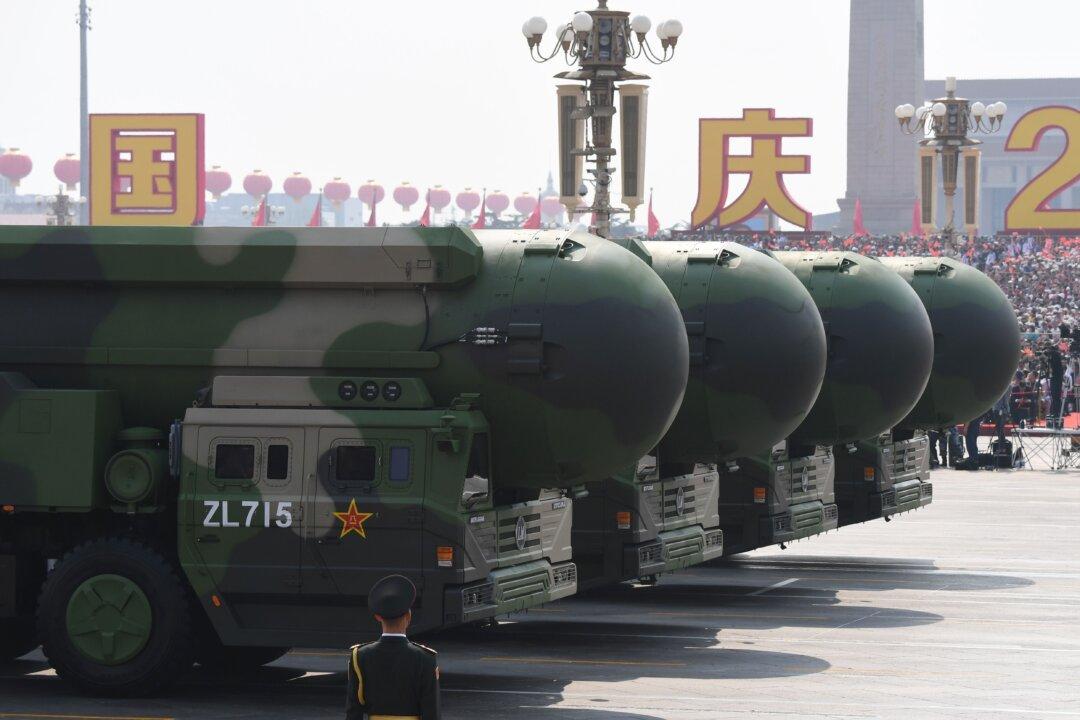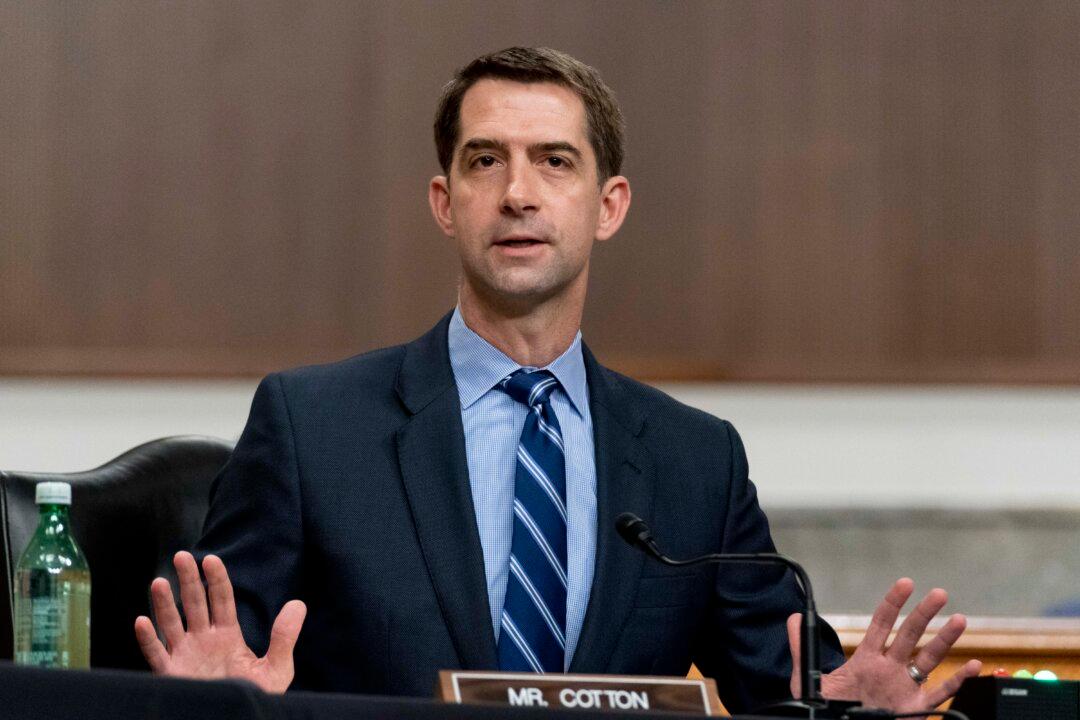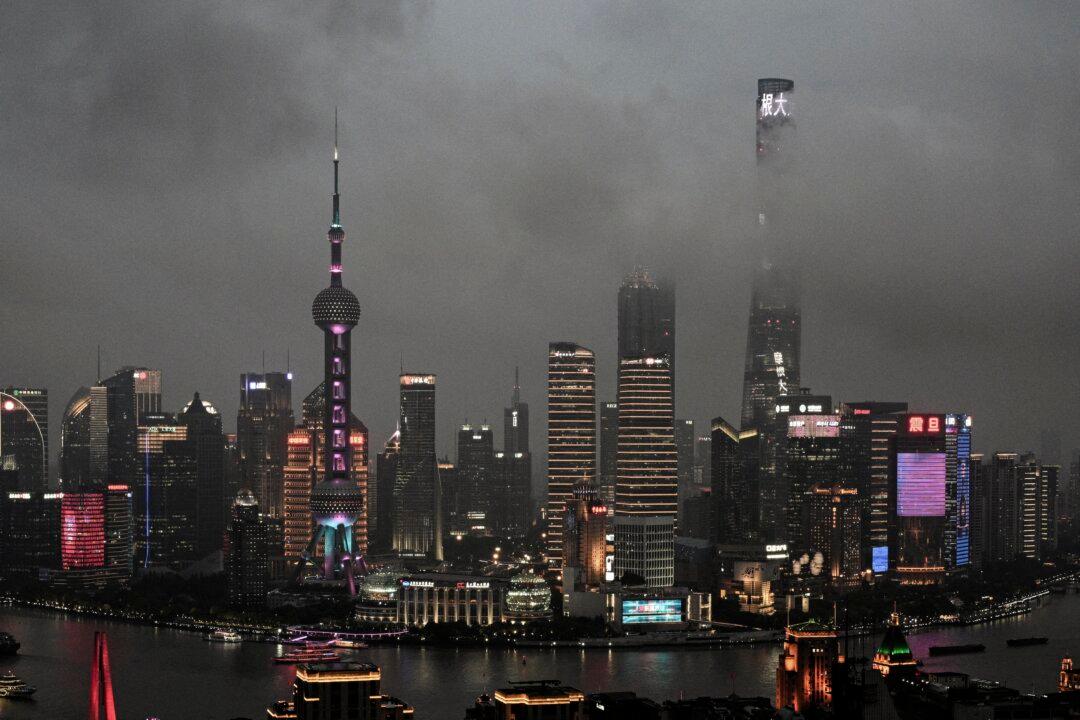China is in the process of significantly expanding and modernizing its nuclear arsenal at a pace that might lead to having more intercontinental ballistic missiles than the United States or Russia in the next decade, according to a recent report.
According to an annual arms report published on June 17 by the Stockholm International Peace Research Institute (SIPRI), between January 2023 and January 2024, China increased its nuclear stockpile to 500 warheads from 410.




